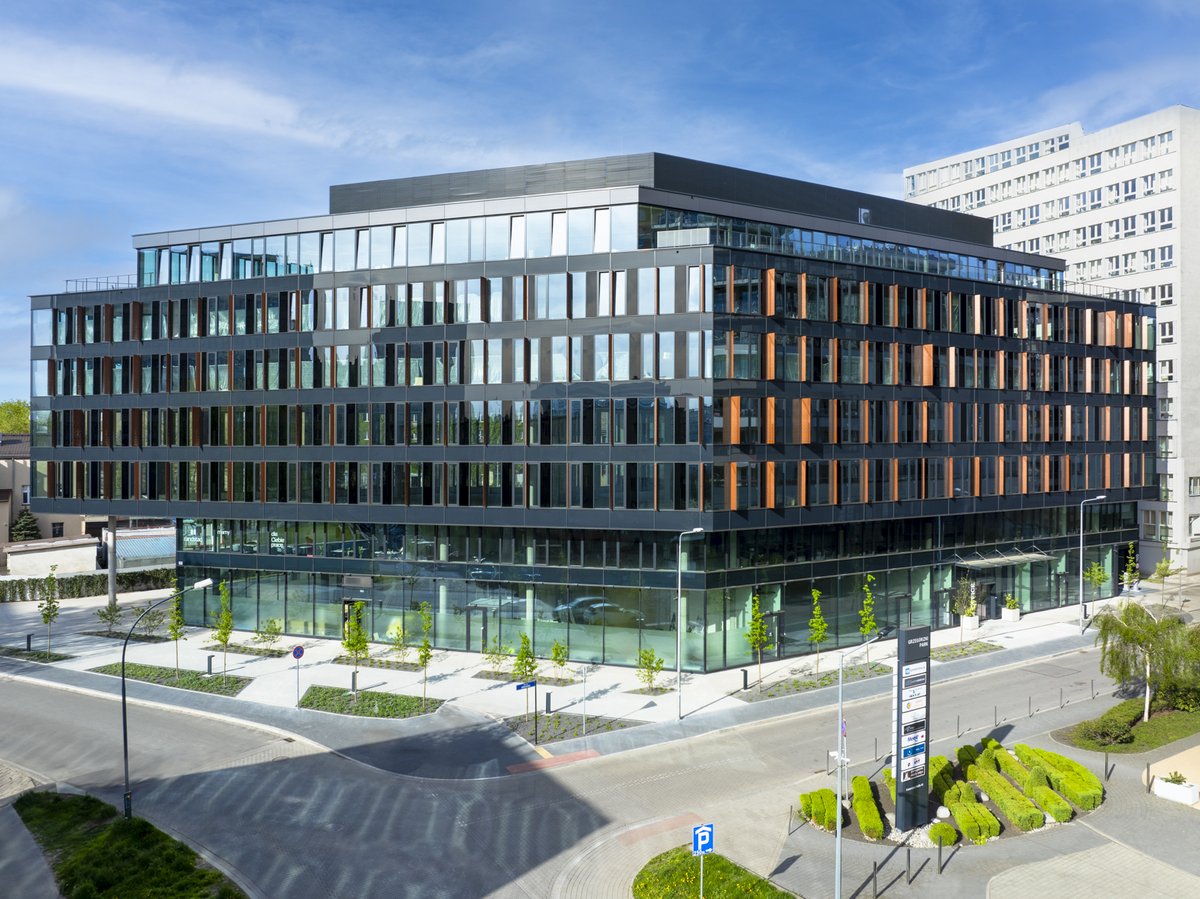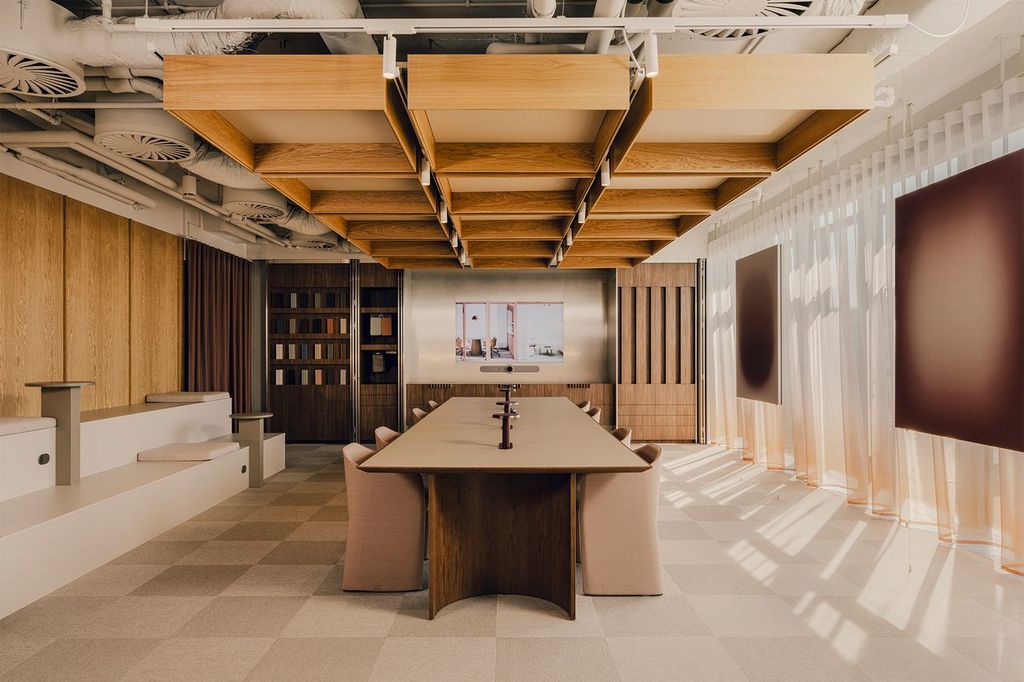Between January and September 2022, developers delivered 39 new investments, which increased the sector’s total stock by 560,100 sqm to over 12.7 million sqm. The period under review also registered intense activity on the demand side. At the end of Q3 2022, more than one million sqm was leased across Poland. However, the office market, like other sectors of the commercial real estate market, faces many challenges, including rising energy costs or the expected supply gap and rising rents. AXI IMMO presents data summarizing Q3 2022 in the Polish office market.
The total stock of the Polish office market at the end of September 2022 reached 12.7 million sqm, with Warsaw leading the list with more than 6,343,000 sqm, ahead of Kraków (1,651,700 sqm), Wrocław (1,320,600 sqm) and Tricity (1,011,000 sqm). In the capital, three developments with a total of 99,100 sqm were completed in Q3, led by the largest and most spectacular project Varso Tower (HB Reavis, 63,800 sqm) and office buildings P180 (Skanska, 32,000 sqm) and Poleczki 32 (PID Polska Sp. z o.o., 3,300 sqm). By the end of September 2022, 11 buildings with a total area of more than 228,100 sqm had received occupancy permits in Warsaw. On the other hand, in the same period, 28 investments were delivered in the eight largest regional office markets (Kraków, Wrocław, Tricity, Poznań, Katowice, Łódź, Szczecin, and Lublin), including two projects in Q3 2022, i.e., Quorum Office Park D (Cavatina, 16,200 sqm) and L’Uni (Luni Sp. z o.o., 4,000 sqm) both located in Wrocław. Thus, from January to September 2022, developers completed 332,000 sqm, which increased the region’s total stock to around 6,357,400 sqm of modern office space.
“The completion of the last this year two office towers, i.e., Varso Tower and P180, in Q3 2022, will begin the long-announced supply gap in the Warsaw office market. According to developers’ announcements, new projects that will change the capital’s skyline should appear at the turn of 2023-24. Our observations show that fit-out costs have stabilized after the wave of increases while remaining high. This situation affects the decisions of office building owners and a reduction in the package of so-called incentives, for example, in the form of additional lease exemptions or participation in the cost of arranging office space,” says Bartosz Oleksak, Senior Negotiator, Office Agency, AXI IMMO.
New supply in both Warsaw and the eight largest regional office markets has slightly affected vacancy growth. Currently, more than 1.73 million sqm is available for immediate lease in Poland, equivalent to 13.7 percent of the sector’s total stock. In the capital city, at the end of September 2022, the rate stopped at 12.1 percent (+0.2 sqm), with about 770,200 sqm available for lease. As expected, it was more difficult to find vacant space in Warsaw’s central zones (11.1 percent) than outside the centre (13 percent). In regional markets, on the other hand, at the end of Q3 2022, the vacancy rate indicated 15.2 percent (+0.05 pp. q/q), which translated into about 967,200 sqm available for immediate lease. Lodz (22 percent) and Szczecin (3.9 percent) remain unchanged in the markets with the highest and lowest vacancy rates.
“The third quarter of 2022 marks a continuation of the good run in the Polish office market take-up. Tenant activity remains high, with vacant space in Warsaw’s central zones and Wola, as well as in serviced offices or coworking spaces, becoming increasingly difficult to find. We expect that with the current dynamics and reported demand for offices in the fourth quarter of this year, the vacancy rate in CBD should approach about 10 percent. Companies relocating their operations from Ukraine remain a significant group in demand. Nevertheless, these clients require much education on leasing procedures in Poland. Invariably, well-located offices near subway stations or other means of public transportation and comfortable and attractively arranged space remain in the tenants’ zone of interest,” explains Jakub Potocki, Senior Negotiator, Office Agency, AXI IMMO.
The total volume of lease transactions on the Polish office market at the end of Q3 2022 amounted to just over 1.06 million sqm. From January to September 2022, tenants in Warsaw signed contracts for more than 608,000 sqm, while in the regional office markets for about 456,400 sqm. In turn, in the third quarter of this year, demand in the capital amounted to 128,700 sqm, with 106,300 sqm leased in the regions. The most active office centres after Warsaw in July-September 2022 were Krakow (24,800 sqm), Wroclaw (23,300 sqm), and Gdansk (22,900 sqm). In both the capital and the eight largest regional office markets, new deals (48 percent Warsaw; 68 percent regions) accounted for the highest share of demand in the period under review, ahead of renegotiations (45.5 percent Warsaw; 25 percent regions) and expansions (5 percent Warsaw; 7 percent regions). The top five deals from July to September 2022 included two renegotiations. The first was signed by a confidential client from the financial sector for 11,300 sqm at Konstruktorska Business Center (Warsaw), and the second for 6,500 sqm also by a confidential tenant at Warsaw Spier C (Warsaw). The podium closes with Panattoni’s contract renewal and expansion at Warsaw Spire Tower (Warsaw) for 4,500 sqm. In places, four and five were a 4,700 sqm prelease agreement by a confidential IT tenant at Ocean Office Park D (Krakow) and an expansion to 3,800 sqm by Keywords Studios at Global Office Park A1 (Katowice).
“Certainly, in the context of the coming months and the entire Polish office market, upward pressure on rents should be indicated in response to persistent inflation, fit-out costs, high demand, the supply gap, and an anticipated decline in the vacancy rate,” assesses Bartosz Oleksak.
“Due to the uncertain economic situation and rising energy prices, clients are also looking at increases in service charges and utilities in addition to rental rates. We expect that in the current market realities, the decision to lease an office will be determined by choice among newer, greener, and more energy-efficient office buildings,” adds Jakub Potocki.







